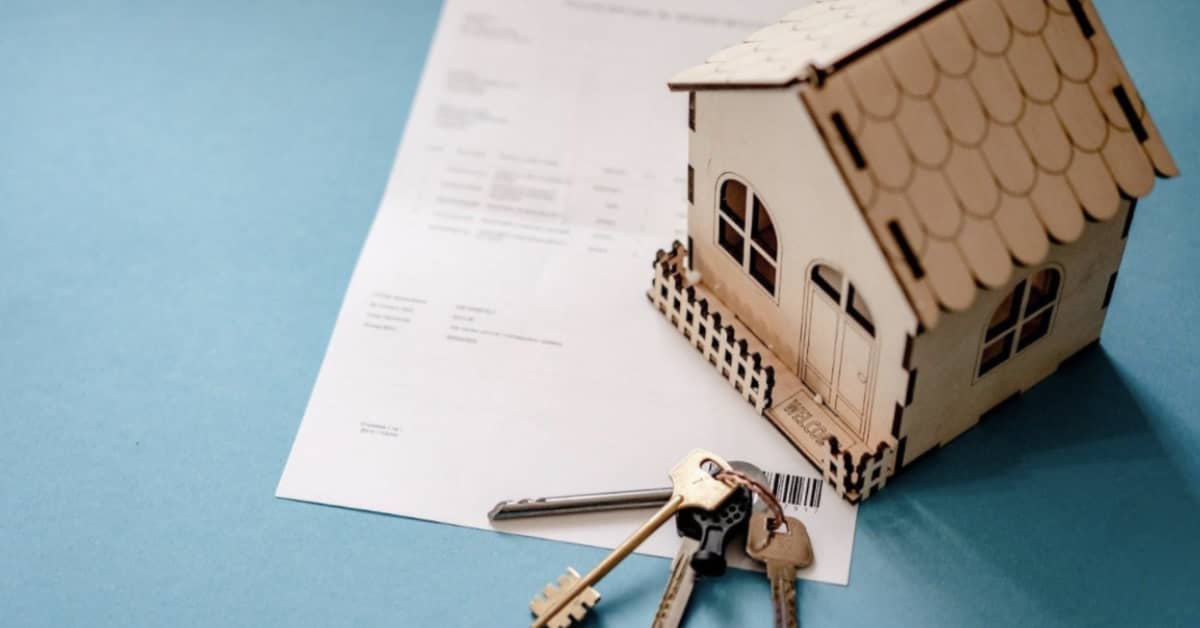You could have gone through all the proper steps to take preventive measures against water damage in your home through regular maintenance, but unfortunately, things didn’t work out to your advantage and now you’re stuck with a mess. Even if you just bought a new home It doesn’t have to take a big rainstorm and consequent flooding to result in water damage. Your home may have the misfortune of encountering burst pipes or suffering from unknown leaks, and before you realize it, you must act quickly to avoid further destruction from rot and mold. The good news is that with proper cleanup and water damage restoration you can salvage your home and personal belongings.
Identify the Source
Identifying the source of infiltration is the first step to managing water damage. If you come across stains that lead you to discover water draining down walls or dripping from the ceiling, your problem probably lies in a faulty roof that needs immediate repair. Hopefully, you can detect a burst pipe or leak from the sound it makes and determine the need to shut off your home’s water supply right away.
Dry Out Items
Assessing the damage before you jump into cleanup mode is imperative for water damage restoration. As you go through the house noting exactly what needs to be tended to, you should be working to circulate air and dry out all areas exposed to moisture with open windows, fans, and dehumidifiers. All household items need to be dried out to conclude if there is irreversible harm.
Clean and Sanitize
Floors, walls, furniture, and personal items will all require different treatment solutions. Anything that can withstand bleach, including drywall, plaster, and tile, should be washed a couple of times and completely dried out again to get rid of any traces of mold. A steam cleaner should be used immediately on soaked carpets and upholstery. Clothing can be laundered or dry cleaned, and any books, papers, or important documents can be freeze-dried if there are no signs of mold growth. Any unimportant damaged items you find that you can really do without should be thrown away.
Recheck and Reseal
Once you’ve dealt with the urgent matters straight away, you should begin to take new action to minimize further damage. Check for any leaks that can occur around windows, doors, and through roofs and reseal openings or replace shingles. Seal cracks in walls and the foundation, inspect all plumbing, and look for termite destruction in wood structures.
It is always best to bring in a water damage restoration professional to fully evaluate the situation and advise you on things that just aren’t salvageable. Mold is especially difficult to eliminate in carpet and furniture. If not treated properly or if kept when they should be tossed, these items can cause significant long-term health problems. Although you won’t look forward to the money it will cost you, due to weakened materials and rotting, water damage restoration may involve necessary renovations to ensure your home stays strong and standing.


